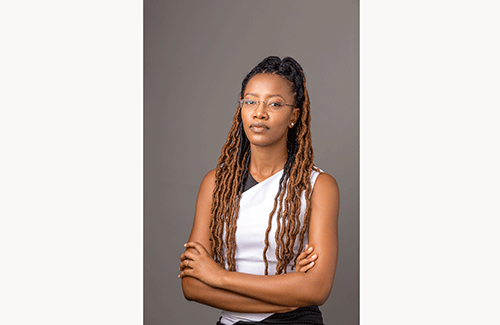Thembi Kandanga
How much money do you need to comfortably retire? N$3 million? N$10 million? The majority of us are not able to put a figure to our ideal retirement. Most times we know what we want to be doing in retirement but have no idea what it will take to fund these dreams.
There are several methods that have been developed by the financial industry over the years to estimate the right retirement savings amount. The most important takeaway from these methods is that achieving financial security in retirement is less about how much you earn and more about how much you save. Because how much you save, determines the monthly income you will be living off.
Below I will break down what I believe to be the most basic rules for planning your retirement savings.
The 75% rule
To be able to lead a comfortable retirement, most financial planners advise that you replace 75% of your pre-tax income before retirement. In other words, if you make N$500 000 per year now, you’ll need about N$375 000 per year (in today’s Namibian dollars) after you retire, according to this rule.
The idea is that once you retire, you will be able to eliminate certain living expenses such as saving for retirement (obviously) and commuting to work. Thus you will not be needing 100% of your salary in retirement to cover your living expenses.
To assess how much of your income you would have to replace, consider the following:
Bond/mortgage: Will your house be paid off? If so, you can remove house payments from your list of expenses. If you plan to downsize to a smaller place that you will be renting, this is an important expense to consider.
Medical expenses: This expense is sure to increase drastically, especially if you are in poor health. As you get older, medical aid contributions will increase and so will the frequency of your doctor’s visits.
Transport: Are you planning to buy a new car to take you through retirement or will you pay off the one you have pre-retirement?
Education: This is a major one that most parents tend to forget when planning for retirement. Will you still be paying for school fees when you retire? How old will your children be and how financially dependent will they be on you?
This retirement withdrawal strategy isn’t perfect for everyone, and you may have to adjust the 75% replacement percentage up or down based on the type of retirement you plan to have.
For example, if you plan to travel frequently in retirement, you should aim to replace 80% to 90% of your pre-retirement income. On the other hand, if you plan to pay off your mortgage before you retire, have no dependents to maintain or drastically downsize your living situation, you may be able to live comfortably on less than 75%.
The 15% rule
According to this rule, 15% of your gross monthly salary for your entire working career (about 40 years) should be put towards your retirement savings. The 15% is a minimum and is not set in stone, in fact, as your salary range increases, you can choose to contribute more to ensure a more luxurious retirement.
The biggest issue in our country right now is youth unemployment and since the 15% rule works on the assumption that you start working at the age of 25, this is a major flaw that one will have to compensate for especially, if you start working later in life. You can do this by starting your contributions at 17% instead of 15% to make up for the years missed.
If you are formally employed, most employers contribute towards your pension by matching your contribution, this is known as a fringe benefit. The employer pension fund rules guide your and your employer’s contributions but typically you can contribute 7.5% and your employer contributes the other 7.5% to make it 15%.
Since self-employed individuals do not have the benefit of an employer pension fund, they can use the same principle and contribute 15% of their monthly income to a retirement annuity.
Take the time today to think about your ideal retirement and have a look at your payslip and see how much you are currently contributing to your pension.
*Thembi Kandanga is a financial planner and coach. She runs her own financial coaching business, FinWellness Solutions. Get in touch at kandangatn@gmail.com


